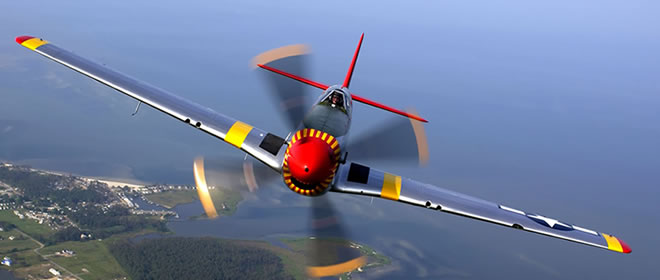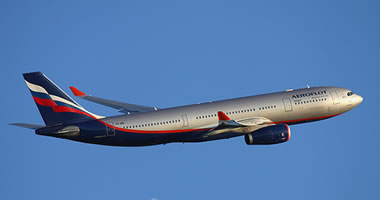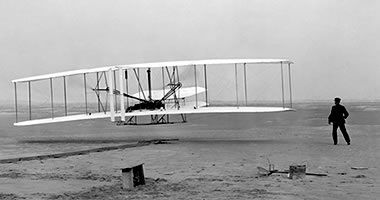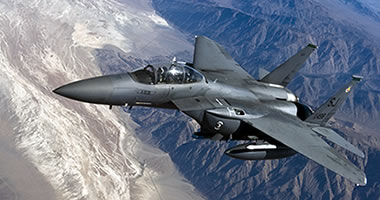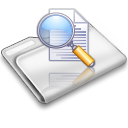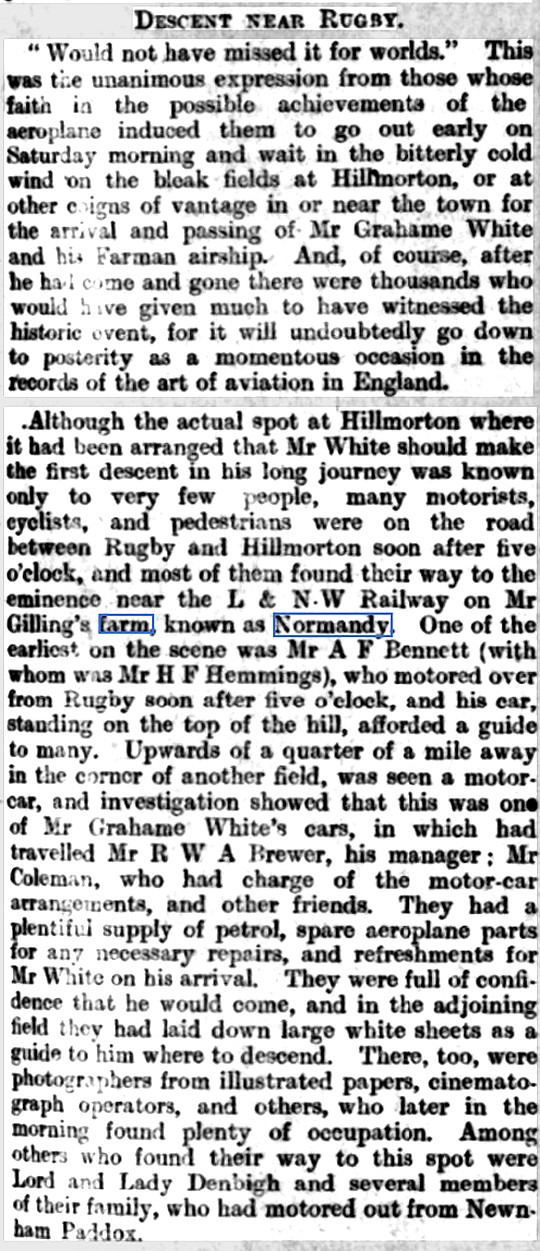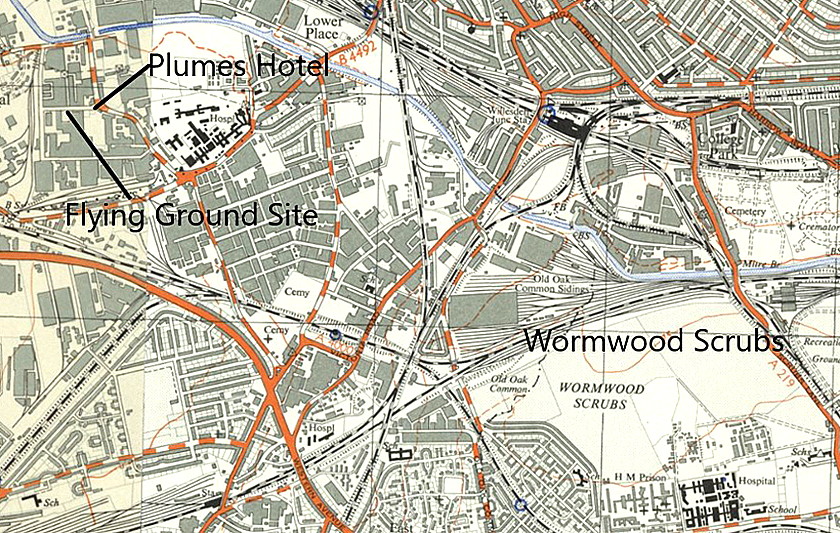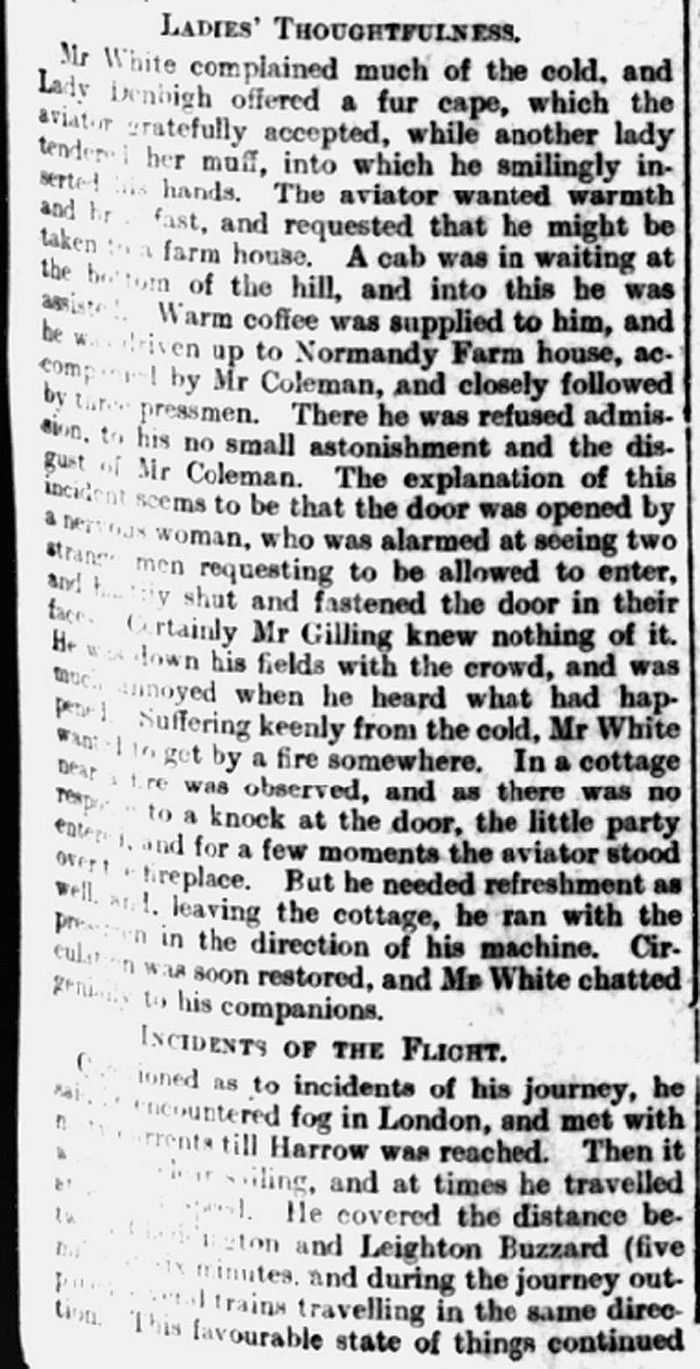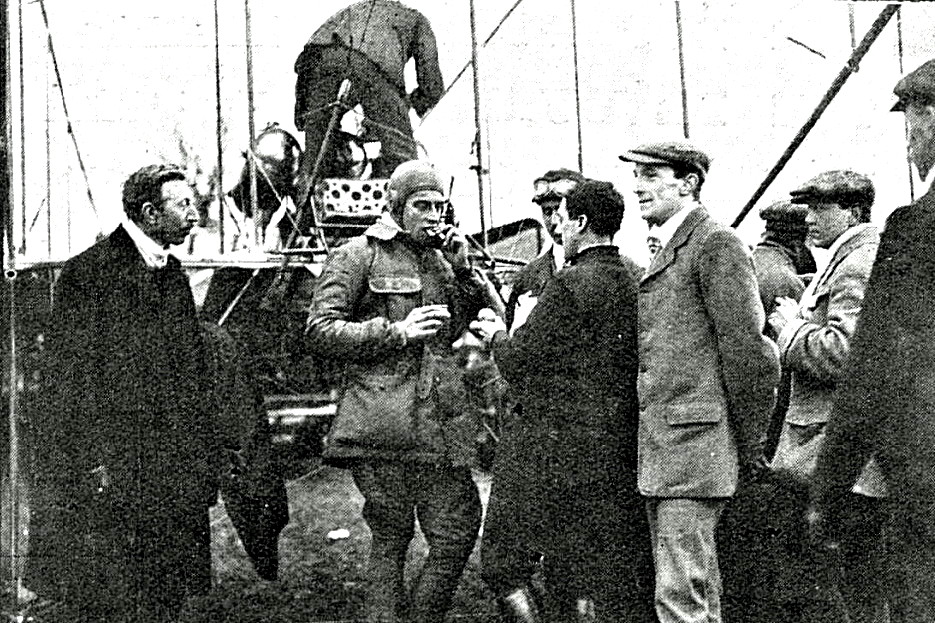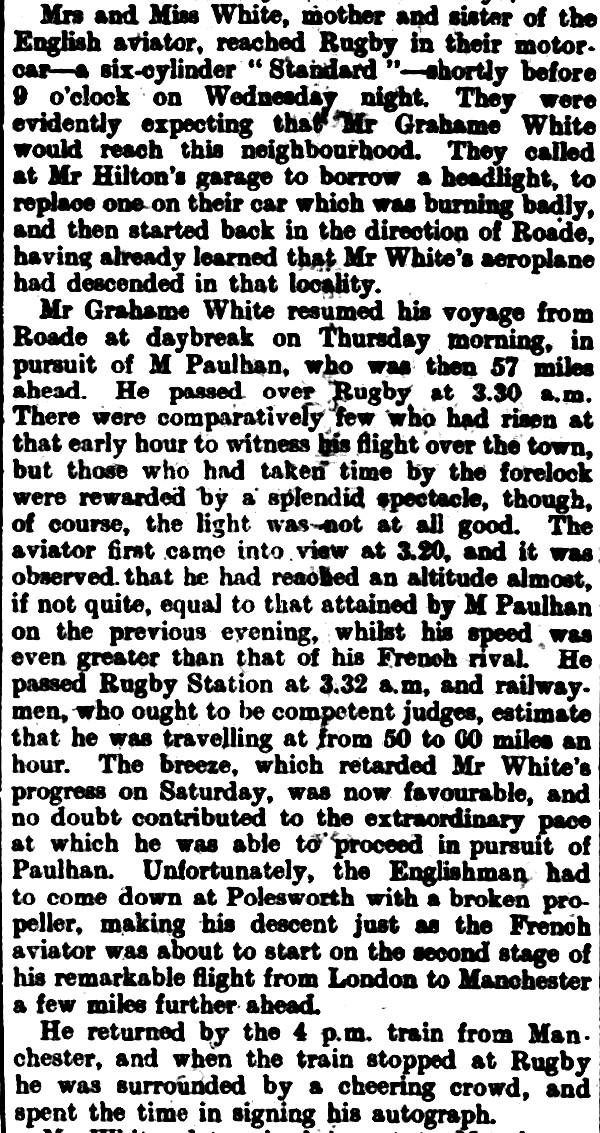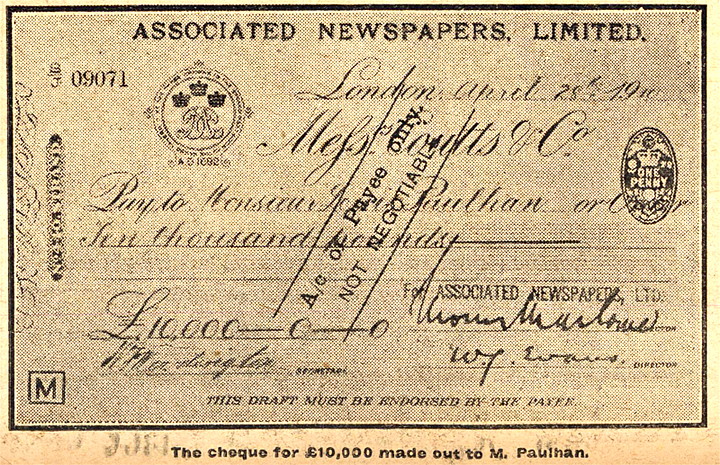The London to Manchester Air Race 1910
THE LONDON TO MANCHESTER AIR RACE 1910
When the Daily Mail announced it was going to sponsor an Air Race, from London to Manchester in April 1910, it caused a sensation. Nothing like it had ever been seen or heard of before. The competitors had to complete the course with 24 hours with just two stops en route. The prize money was £10,000, reckoned to be worth today (2022) around £1.4 million. (Depending on which conversion table is used).
Indeed, not even a year before, Louis Blériot, on the 25th July 1909, had succeeded in crossing the English Channel, a distance of just over twenty miles. Arguably the first time that a major Air Meeting had been held was at Reims in north west France during August 1909, and that was a resounding success. Very keen to take advantage of that sudden promotion of the aeroplane on a grand scale for public entertainment, both Blackpool and Doncaster vied to hold similar events in October 1909. It resulted in something of a lash up, splitting the field between available aviators, but, even so, attracting huge crowds.
In those days very few aviators ventured far from the aerodrome, a French term denoting an area within which, more or less, flying took place. So, an Air Race over this distance, in less than twenty four hours, was pushing the known limits of man and machine well beyond anything proven before. (In the UK certainly). Crowds of people gathered in the early hours along the route, on all three days, in the hope of catching a glimpse of the aviators. The railway companies had painted their rail-sleepers in white, (presumably not all of them), to aid navigation.
The two competitors, the English aviator Claude Grahame-White and the French aviator Louis Paulhan, were both flying biplanes designed by the Farman brothers in France. Then regarded as being the very best machines for such a challenge.
Information in this 'Guide' regarding the stages can be found in listings for: BURNAGE, GRENDON, HADEMORE CROSSING, HENDON, LICHFIELD, ROADE, NORMANDY FARM and WORMWOOD SCRUBS.
A DEGREE OF CONFUSION?
Something to bear in mind when looking at the information given below is that Claude Grahame-White made two attempts to win this race. If not for very bad luck, having his Farnam blown over in a gale at HADEMORE, he would have easily won, setting off two days before his French rival Louis Paulhan. Incredibly, he had his aeroplane, (machine), taken back to London and had it repaired - just in time to set off trying to catch up with Paulhan. However, despite setting off at night on the second day, and going down in history as being the first recorded aviator to fly at night, it was all to no avail.
A VERY FULL ACCOUNT
Mike Holder, a great friend of this 'Guide', has discovered a full and detailed article published in the Rugby Advertiser on the 30th April 1910. The quality is not good and in places very poor, but, even so, a record of the race written just after the event, (in segments), must surely be worthy of a place in this 'Guide'. It must also be mentioned that Mike has provided all the illustrations for this article.
Note: The first three pictures were published in Flight magazine on the 30th April 1910.
Note: The local area map shows the proximity of Claude Grahame-Whites first departure point in PARK ROYAL and his second departure point at WORMWOOD SCRUBS.
Note: The first picture of Claude Grahame-White taking some light refreshment at Rugby, (Normandy Farm), was published in The Sketch on the 27th April 1910. The second picture is of Claude Grahame-Wight taking off from Normandy Farm near Rugby on the 23rd April 1910. The Sketch also published the third and fourth pictures, also on the 27th April. The third showing the huge crowd that had gathered soon after he landed, and the fourth showing his Farnam on its back after the gales during the night.
Note: The second item was published in Flight magazine on the 7th May 1910.
Note: These "Plans of the Course" were published in the Dundee Evening Telegraph on the 28th April 1910. Mike Holder has kindly typed in the various points so that we can see where they were.
Note: As Mike Holder points out, the local area map shows the barracks to the south-east, which explains the amount of soldiers seen in the photograph above.
MORE ITEMS FROM THE PRESS
This Air Race, as explained above, caused a huge amount of interest throughout the UK and abroad. Shown below are a variety of newspaper articles.
Note: The article in The Scotsman was published on the 28th April 1910. The article in the Yorkshire Early Bird was also published on the 28th April 1910.
Note: The picture of Paulhans Farman was published in Flight magazine on the 7th May 1910.
The article in the Lichfield Mercury was published on the 29th April 1910:
Note: The Blue Placque is on this semi-detached house, 25 to 27 Paulhan Road, Didsbury. The picture of Louis Paulhan with his wife and friends was taken when they arrived in the centre of Manchester.
The article in the Evening Irish Times was published on the 29th April 1910. The two part article and tables in the Buckingham Advertiser and Free Press was published on the 30th April 1910.
The article in the Alderley Wilmslow Advertiser was published on the 29th April 1910. The article from the English Lakes Visitor was published on the 30th April 1910.
END NOTE
So, there you have it, as good an account of this fabulous event in our aviation history as you are likely to find elsewhere - in my humble opinion.




